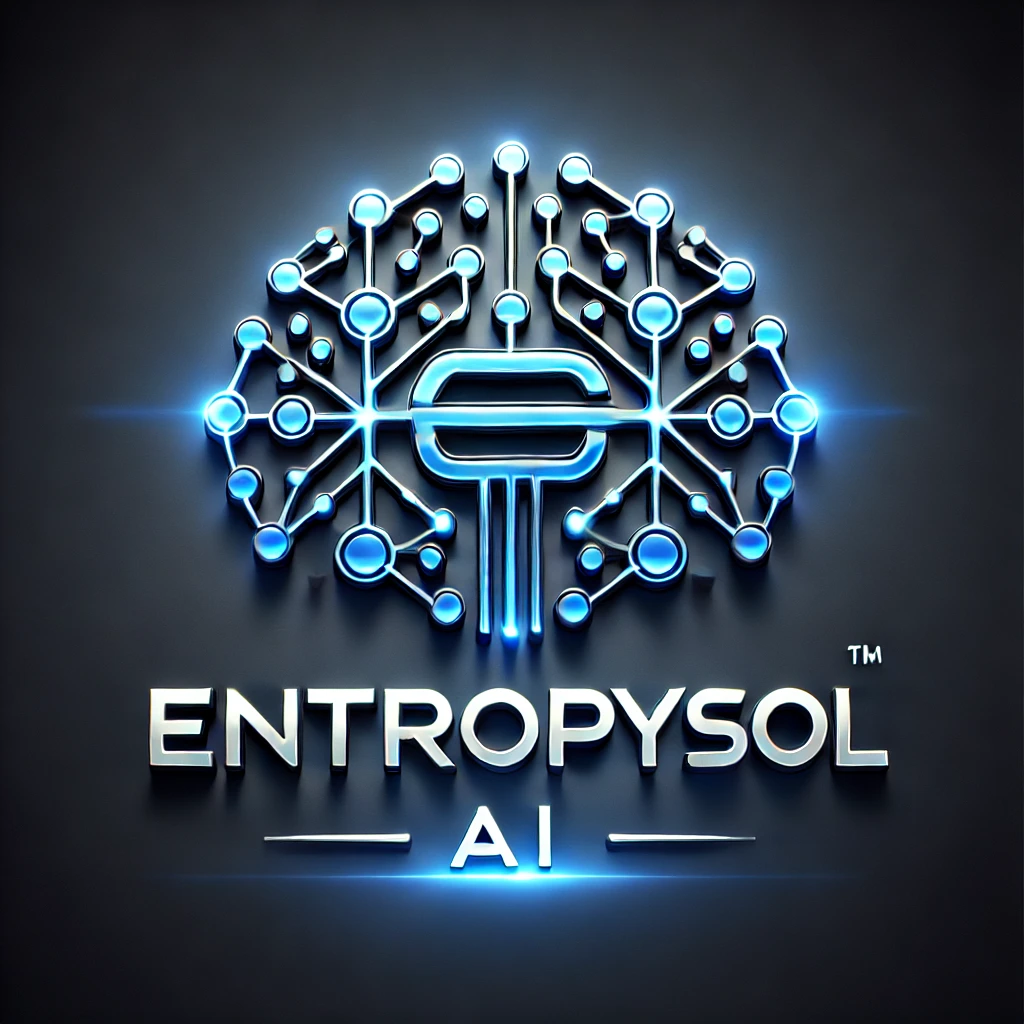-
Crafting Words: Generative AI for Natural Language Processing
Natural Language Processing (NLP) has long focused on enabling machines to understand and interpret human language. However, the advent of Generative AI has revolutionized this field, moving beyond mere comprehension to allowing machines to actively create compelling and coherent text. This fusion has unlocked unprecedented capabilities in text generation, transforming how we interact with and…
-
Beyond Analysis: Exploring Generative AI Architecture and Models
For a long time, Artificial Intelligence was primarily associated with analysis: classifying data, making predictions, or recognizing patterns. However, a revolutionary shift has occurred with the rise of Generative AI. This exciting field is all about teaching machines to create new, original content, unleashing unprecedented levels of digital creativity across various domains. What is Generative…
-
Bridging the Gap: Reinforcement Learning from Human Feedback
Large language models (LLMs) are incredibly powerful, capable of generating coherent and creative text. Yet, left to their own devices, they can sometimes produce undesirable outputs such as factual inaccuracies, harmful content, or just unhelpful responses. The crucial challenge is alignment: making these powerful AIs behave in a way that is helpful, harmless, and honest.…
-
Master of Control: Understanding Proximal Policy Optimization (PPO)
In the dynamic world of Reinforcement Learning (RL), an agent learns to make sequential decisions by interacting with an environment. It observes states, takes actions, and receives rewards, with the ultimate goal of maximizing its cumulative reward over time. One of the most popular and robust algorithms for achieving this is Proximal Policy Optimization (PPO).…
-
DPO: The Optimal Solution for LLM Alignment
Aligning large language models (LLMs) with complex human values is a grand challenge in artificial intelligence. Traditional approaches like Reinforcement Learning from Human Feedback (RLHF) have proven effective, but they often involve multi step processes that can be computationally intensive and difficult to stabilize. Enter Direct Preference Optimization (DPO), a revolutionary method that provides an…
-
Teaching AI What’s Good: Understanding Reward Model Training
Large language models (LLMs) have achieved incredible feats in understanding and generating human-like text. However, their initial training primarily focuses on predicting the next word, not necessarily on being helpful, harmless, or honest. This is where Reward Model training comes into play, a critical step in aligning LLMs with nuanced human values, typically as part…
-
Low Rank Adaptation with Hugging Face and PyTorch
Training colossal artificial intelligence models, especially the mighty large language models or transformers, is a resource intensive endeavor. While fine tuning these pretrained models on specific tasks is incredibly powerful, updating every single weight can be a memory hungry and time consuming process. Enter Low Rank Adaptation (LoRA), a brilliant technique that makes fine tuning…
-
Elevating AI: Fine-Tuning with PyTorch
You have a powerful pretrained artificial intelligence model ready to tackle complex language or vision tasks. But how do you make it excel on your specific, niche data? The answer lies in fine tuning, a technique that adapts these general purpose giants to your unique needs. When it comes to building and refining these intelligent…
-
Transformers: A Guide to Fine-Tuning
Transformer models have revolutionized Natural Language Processing (NLP), achieving state-of-the-art results in a wide range of tasks. These models, with their attention mechanisms and ability to process sequences in parallel, can understand and generate human language with remarkable fluency. But the real magic often happens when you fine tune a pretrained Transformer to a specific…
